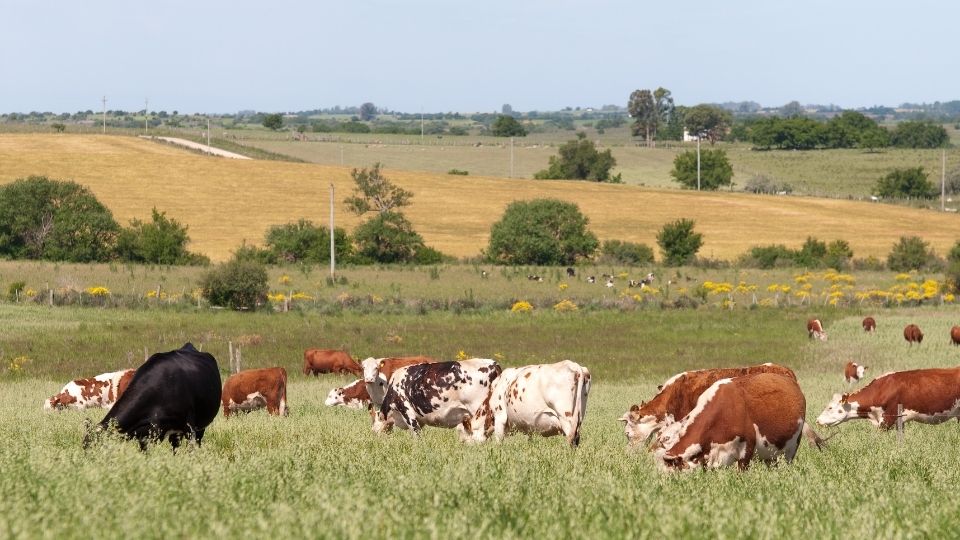Fleischner 1994 Criticism

Several scientists take issue with Fleischner’s review.
From Curtain 2002: “A paper by Fleischner (1994) is not discussed here because that paper is generally not considered a comprehensive review of the literature (Brussard et al. 1994; Brown and McDonald 1995; Curtain 1995; Jones 2000).”
Brown, J. H., and W. McDonald. 1995. Livestock grazing and conservation on southwestern rangelands. Conservation Biology 9:1644–1647.
From Brown and McDonald: “We have three concerns about this review."
"First, it implicitly assumes that these studies reflect the average impact of grazing and thus its true costs. Examination of the relevant studies, however, reveals that some studies that report little or no livestock impact are not cited. Many studies that are cited suffer from poor experimental design. For example, many studies had problems with pseudoreplication or lack of replication. Many study areas were likely chosen because differences between grazed and ungrazed areas were already apparent."
Second, many effects of excluding domestic livestock on other organisms and on ecological processes that Fleischner cited have also been observed when native mammals, ranging from rodents to megaherbivores, have been excluded. Such differences between plots where herbivorous mammals are present or absent are often substantial. Both domestic livestock and native mammalian herbivores may remove substantial biomass causing reduced herbaceous and shrubby plant cover, changes in plant and animal species composition, soil disturbance, and alteration of ecosystem processes, but these changes are not necessarily unnatural or detrimental."
"Third, Fleischner repeats the fiction that the condition of western North America as chronicled by European explorers and colonists represents a natural and inherently desirable state. Changes in landscapes, habitats, and organisms recorded in the last few centuries are measured against an inferred historical condition and usually are regarded as detrimental impacts of human activities. In the absence of direct evidence such as photographs or fossils, determining with certainty past conditions and therefore a natural state, which has often fluctuated much through time, is difficult.”
Note: References were deleted from the passage above due to length.
Brussard, P. F., D. D. Murphy, and C. R. Tracy. 1994. Cattle and conservation biology: another view. Conservation Biology 8: 919–921.
I can’t find a reference to Fleischner in the above article. The editorial refutes the idea of scientists designing experiments to support the causes of environmental activists.
Curtin, C. G. 1995. Grazing and advocacy. Conservation Biology 9:233–234.
Need to add information from curtain
Jones, A. 2000. Effects of cattle grazing on North American arid ecosystems: a quantitative review. Western North American Naturalist 60:155–164.
“Traditional qualitative literature reviews do little to resolve such controversial issues, as they are subject to biases of the reviewer. For example, Fleischner’s (1994) review of effects of grazing in western North America almost exclusively cites prior studies demonstrating detrimental effects of grazing. A range scientist with a contrary bias could easily cite as many studies demonstrating insignificant, and beneficial, effects of grazing. Though Fleischner’s study sought to make the case against grazing rather than present a comprehensive review of grazing literature, I cite this example to illustrate that literature reviews can sometimes be a front for specific agendas.”

